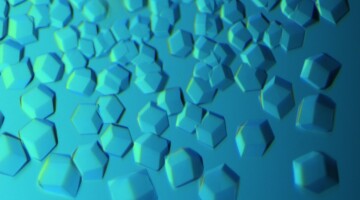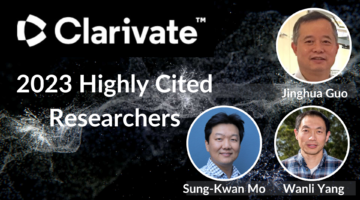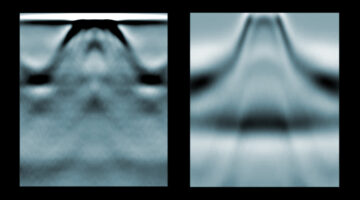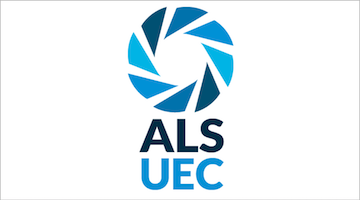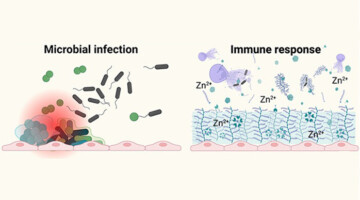Using a computer-based approach, researchers designed porous protein crystals that were revealed to be stable, tunable, and atomically accurate using x-ray scattering and diffraction at the ALS. The work provides a powerful new platform for biological materials engineering and opens up wide applications in biotechnology and medicine. Read more »![]()
![]()
All News & Updates
“Computer Vision” Review of X-Ray Movies Leads to New Insights
Using a type of machine learning called “computer vision” to mine data from x-ray movies, researchers made new discoveries about the reactivity of a material in rechargeable batteries. The results suggest that optimizing the carbon layer thickness on the electrode surface could help researchers to design more efficient batteries. Read more »
2023 Highly Cited Researchers
Clarivate recognizes the true pioneers in their fields over the last decade, demonstrated by the production of multiple highly-cited papers that rank in the top 1% by citations for field and year in the Web of Science™. Congratulations to Jinghua Guo, Sung-Kwan Mo, and Wanli Yang! Read more »
Building a Two-Dimensional Magnet One Atom at a Time
Researchers synthesized a new two-dimensional ferromagnet and measured how its electronic and magnetic properties evolve with increasing thickness and temperature. Such atomically thin magnetic materials with tunable magnetic properties would be very useful in next-generation microelectronic and spintronic applications. Read more »
Influences of Metal Electrodes on Stability of Non-Fullerene Acceptor-Based Organic Photovoltaics
Researchers investigate interfaces in an organic photovoltaic device, revealing that the aluminum (Al) top electrode undergoes thermally activated diffusion into inner layers forming ionic and organo-metallic-like species, compromising long-term device performance. Chemical degradation process is characterized by 27Al solid-state NMR and X-ray photoelectron spectroscopy. Read more »
Optical Properties of Individual Tar Balls in the Free Troposphere
Tar balls are found in biomass-burning smoke, and their sunlight-absorption properties are highly uncertain. This study investigates the optical properties of individual tar balls in the free troposphere to better understand their influence on climate. Read more »
Why Do Batteries Sometimes Catch Fire and Explode?
In order to better understand how a resting battery might undergo thermal runaway after fast charging, scientists are using a technique called “operando x-ray microtomography” to measure changes in the state of charge at the particle level inside a lithium-ion battery after it’s been charged. Read more »
2023 Summer Shutdown Recap
The ALS is back in user operations after a 12-week summer shutdown. Most of the shutdown work centered around ALS-U tasks, including installing a full arc sector of the accumulator ring. Read more »
Vote for New UEC Members: Term Starting in 2024
The Advanced Light Source Users’ Executive Committee (UEC) invites you to participate in the election of three new UEC members to represent the ALS community. The new members will take office for a three-year term beginning January 1, 2024. View candidate statements and submit your votes by 11:59 p.m. Pacific Time on Wednesday, Nov. 22. Read more »
Immune Response Spurs Growth of “Soft” Kidney Stones
Matrix stones are an unusual type of soft kidney stone closely associated with the presence of bacteria from unchecked urinary tract infections. Researchers conducted a comprehensive study of surgically extracted matrix stones, work that highlights how host defense mechanisms against microbes can simultaneously encourage harmful stone formation. Read more »
- « Previous Page
- 1
- …
- 18
- 19
- 20
- 21
- 22
- …
- 139
- Next Page »
